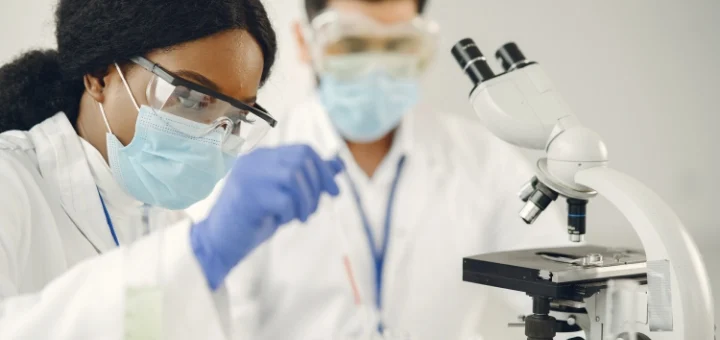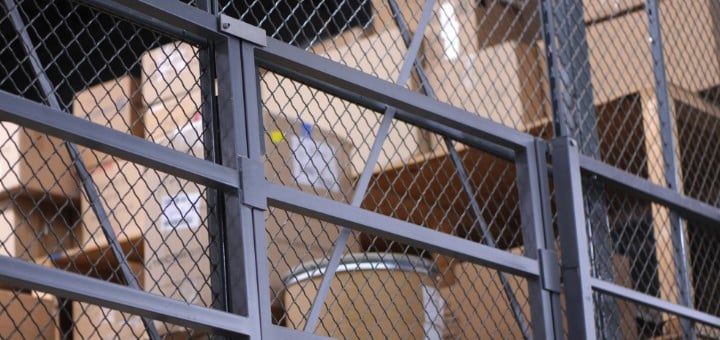Article Contents
.jpg)
The Purpose of CGMP Standards
Current good manufacturing practice regulations serve a critical role in the pharmaceutical industry. Their primary objective is to ensure that all products meet stringent quality and safety standards, thereby protecting consumer health. These regulations help prevent contamination, mix-ups, deviations, and errors during the manufacturing process.
Key purposes of CGMP compliance include:
- Ensuring product safety and efficacy: CGMP guidelines mandate rigorous testing and validation processes to guarantee that every pharmaceutical product is safe for consumption and effective for its intended use.
- Maintaining consistent manufacturing practices: Adherence to CGMP standards ensures uniformity in production, which is vital for producing pharmaceutical products with consistent quality across all batches.
- Reducing risks of contamination and errors: CGMP requirements include strict protocols for cleanliness and process control, significantly minimizing the risk of contamination and operational errors.
- Enhancing consumer confidence in pharmaceutical products: By consistently following CGMP regulations, manufacturers can build and maintain trust with consumers, assuring them that the products they use are reliable and of high quality.
To learn more about the comprehensive services we offer, visit our services page.
Key Components of CGMP Requirements
CGMP requirements are comprehensive and cover various aspects of pharmaceutical manufacturing to ensure that products are consistently produced and controlled according to quality standards. These regulations are designed to prevent errors and contamination and ensure the safety and efficacy of pharmaceutical products.
The essential components of maintaining CGMP requirements include:
Personnel Training
One critical component is personnel training. Ensuring that all staff are adequately trained and understand the CGMP standards is essential for maintaining product quality and safety. Employees must be knowledgeable about procedures, protocols, and the importance of maintaining high standards.
Facilities and Equipment
Facilities and equipment also play a significant role in CGMP compliance. Manufacturing environments must be designed and maintained to prevent contamination and facilitate proper cleaning and maintenance. Equipment used in production must be regularly inspected, calibrated, and maintained to ensure consistent performance.
Documentation and Quality Control
Documentation and quality control are crucial elements of CGMP requirements. Detailed records of every aspect of the manufacturing process, from raw materials to final product, must be maintained. This ensures traceability and accountability, making it easier to identify and rectify any issues that arise. Quality control measures, such as routine testing and inspections, are implemented to verify that products meet all necessary CGMP standards.
For more information on how we ensure quality in every step of our process, visit our formulation and analytical development page.

How CGMP Regulations Are Enforced
Ensuring CGMP compliance involves rigorous enforcement mechanisms. Regulatory bodies like the FDA conduct regular inspections and audits of manufacturing facilities to verify adherence to CGMP guidelines. These inspections are comprehensive, covering everything from documentation practices to equipment maintenance and personnel training.
During an inspection, regulators assess whether the facility meets the established CGMP requirements. These inspections follow a risk-based approach, prioritizing facilities based on various risk factors and can occur both regularly and on a for-cause basis if issues are reported. Inspectors use Form FDA 483 to document any observations related to CGMP compliance. The facility then has 15 business days to respond with corrective actions.
Key enforcement actions include:
- Issuance of Form FDA 483: This form details observations made during an inspection that may indicate deviations from CGMP standards.
- Compliance review: Post-inspection, the FDA reviews the inspection report, evidence collected, and the facility’s response to Form FDA 483.
- Inspection classifications: Based on their compliance status, facilities are classified as No Action Indicated (NAI), Voluntary Action Indicated (VAI), or Official Action Indicated (OAI). OAI classifications can lead to severe consequences, such as withholding drug application approvals and export certificates.
Non-compliance can result in warnings, fines, or even shutdowns until compliance is achieved. This strict enforcement ensures that pharmaceutical companies maintain high standards of quality and safety. For more information on how UPM Pharmaceuticals supports compliance, visit our technology transfer and scale-up support page.
Discover More About UPM
UPM Pharmaceuticals is an award-winning CDMO pharmaceutical development company. We specialize in everything from commercial manufacturing to quality and regulatory support — and all forms of pharmaceutical-grade manufacturing. Watch this video to find out more about this independent, family-owned CDMO.
FAQs About CGMP Guidelines
Understanding current good manufacturing practices is essential for anyone involved in the pharmaceutical industry. Below are some frequently asked questions about CGMP and their answers to help clarify their importance and implementation.
What Is the Purpose of the Current Good Manufacturing Practices?
Current good manufacturing practice regulations aim to ensure that pharmaceutical products are consistently produced and managed to high-quality standards. These practices minimize the risk of contamination, errors, and mix-ups, thus ensuring that products are safe and effective for use. Following CGMP guidelines guarantees that production processes are reliable and meet regulatory expectations.
How Are CGMP Regulations Enforced and Monitored?
Regulatory bodies such as the FDA enforce CGMP compliance through thorough inspections and audits. These evaluations cover all aspects of the manufacturing process to ensure compliance with CGMP requirements. Non-compliance can lead to warnings, fines, or even shutdowns, highlighting the critical importance of adhering to CGMP standards. For more details, visit our quality and regulatory support page here.
Why Are CGMP Regulations Important in Pharmaceutical Manufacturing?
CGMP guidelines are important because they can ensure that pharmaceutical products are safe and meet rigorous quality standards. They also build consumer trust and ensure the integrity of the pharmaceutical supply chain. Adhering to CGMP regulations is fundamental to safeguarding consumer health and maintaining industry standards.
CONTACT US
Let UPM Help You Assure CGMP Compliance
Ensuring CGMP compliance can be a complex and demanding process, but you don't have to navigate it alone. UPM Pharmaceuticals offers expert guidance and comprehensive support to help you meet all CGMP requirements. Our team is dedicated to maintaining the highest standards in pharmaceutical manufacturing.
Contact us today to learn how we can assist you in achieving CGMP compliance and ensuring the quality and safety of your products.

